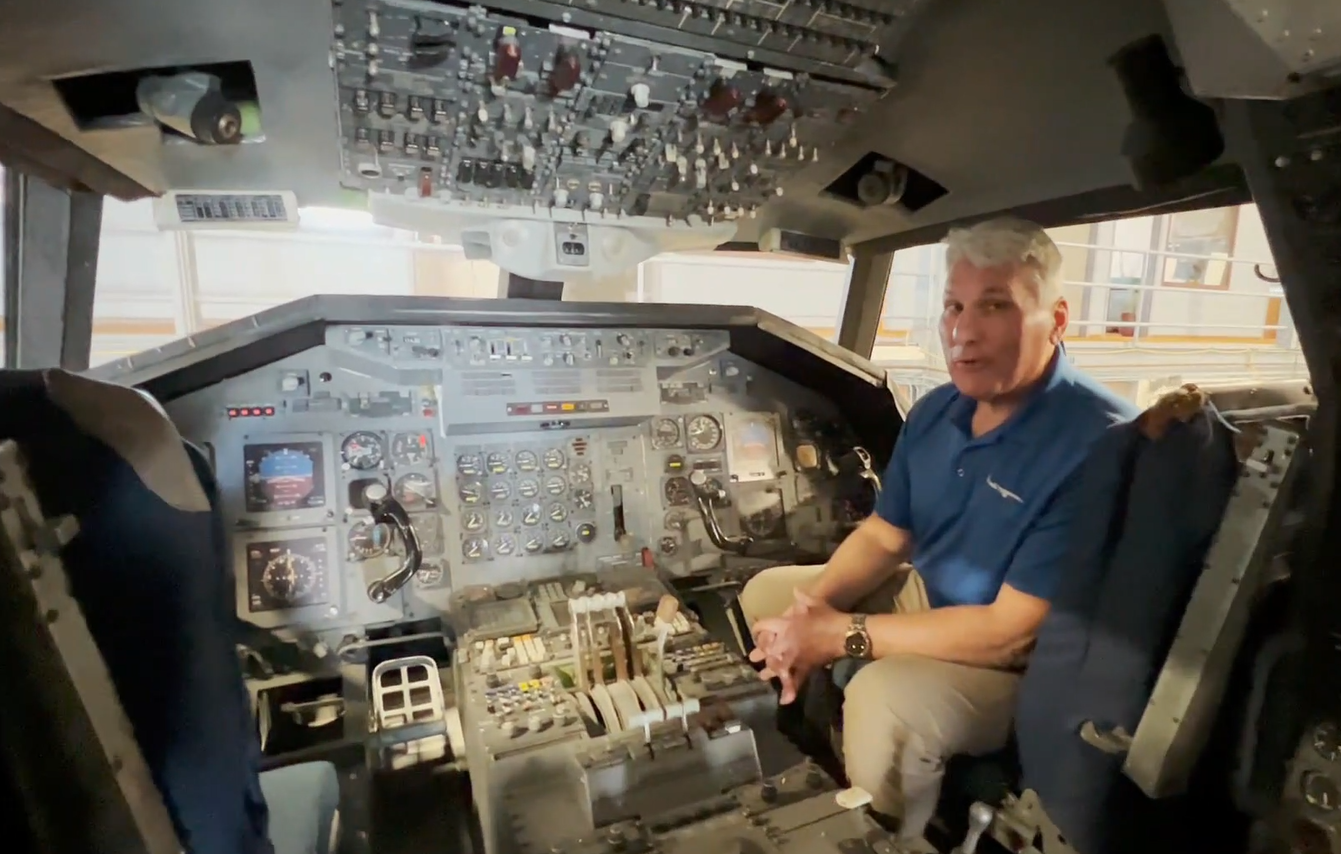Singapore Airlines selects SITA tool to cut carbon emissions
12 October, 2022
3 min read

Geoffrey Thomas
By joining our newsletter, you agree to our Privacy Policy


SITA OptiClimb, a digital inflight prescriptive analytics tool for fuel optimization, has been selected by Singapore Airlines to support the carrier’s goal of achieving net-zero carbon emissions by 2050.
By deploying SITA OptiClimb, the airline is able to optimize fuel utilization during the aircraft’s climb-out phase. The unique solution combines aircraft tail-specific machine-learning models with 4D weather forecasts to recommend customized climb speeds at different altitudes. It leverages historical flight data to predict fuel burn in different flight scenarios and recommends optimized climb profiles on a user-friendly interface for pilots.
It is estimated that airlines can derive fuel savings of up to 5 per cent during climb-out on each flight, with around 5.6 million tons of carbon dioxide emissions avoided annually if every airline worldwide uses SITA OptiClimb®.
Following a successful test period and validation of SITA OptiClimb® outcomes, the tool has been used on Singapore Airlines Airbus A350 fleet since August 2022. SITA has calculated that the solution will help the carrier cut aircraft carbon emissions by up to 15,000 tons annually.
Captain Quay Chew Eng, Senior Vice President of Flight Operations, at Singapore Airlines, said: “Singapore Airlines uses multiple levers to achieve our sustainability goals, including the latest technologies to optimize fuel efficiency in a bid to reduce carbon emissions. SITA OptiClimb® utilizes advanced analytics to support this outcome. We will continue to look for innovative solutions to reduce our carbon footprint and achieve net-zero carbon emissions by 2050.”
Yann Cabaret, Chief Executive Officer, SITA FOR AIRCRAFT, said: “We’re extremely proud to be part of Singapore Airlines’ journey towards making aviation more sustainable, environmentally and financially. With innovative, cost-effective, and data-driven tools like SITA OptiClimb®, we can help all airlines and their employees to make more informed decisions that drive greater and much-needed operational efficiencies today.”
The International Air Transport Association (IATA) expects the cumulative volume of aviation carbon emissions between 2021 and 2050 to be approximately 21.2 gigatons of carbon dioxide if left unabated. The air transport industry has been working on a range of measures to reduce carbon emissions and achieve net-zero status by 2050. These measures include using sustainable aviation fuels, new aircraft technology, and operational and infrastructure improvements to help increase aircraft fuel efficiency and reduce reliance on fossil fuels.
easyjet launches ambitious net-zero program
Cathay Pacific Airways welcomes end to HK quarantine
About AirlineRatings.com
Airlineratings.com was developed to provide everyone in the world a one-stop shop for everything related to airlines, formed by a team of aviation editors, who have forensically researched nearly every airline in the world.
Our rating system is rated from one to seven stars on safety – with seven being the highest ranking. Within each airline, you will find the country of origin, airline code, booking URL and seat map information. The rating system takes into account a number of different factors related to audits from aviation’s governing bodies, lead associations, as well as the airlines, own safety data. Every airline has a safety rating breakdown so you can see exactly how they rate.
Over 230 of the airlines on the site that carry 99 per cent of the world’s passengers have a product rating. Given that low-cost, regional and full-service carriers are so different we have constructed a different rating system for each which can be found within each airline.
Next Article
Qantas triples profit but misses mark

Get the latest news and updates straight to your inbox
No spam, no hassle, no fuss, just airline news direct to you.
By joining our newsletter, you agree to our Privacy Policy
Find us on social media
Comments
No comments yet, be the first to write one.
